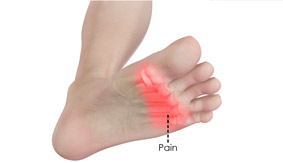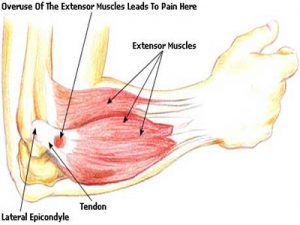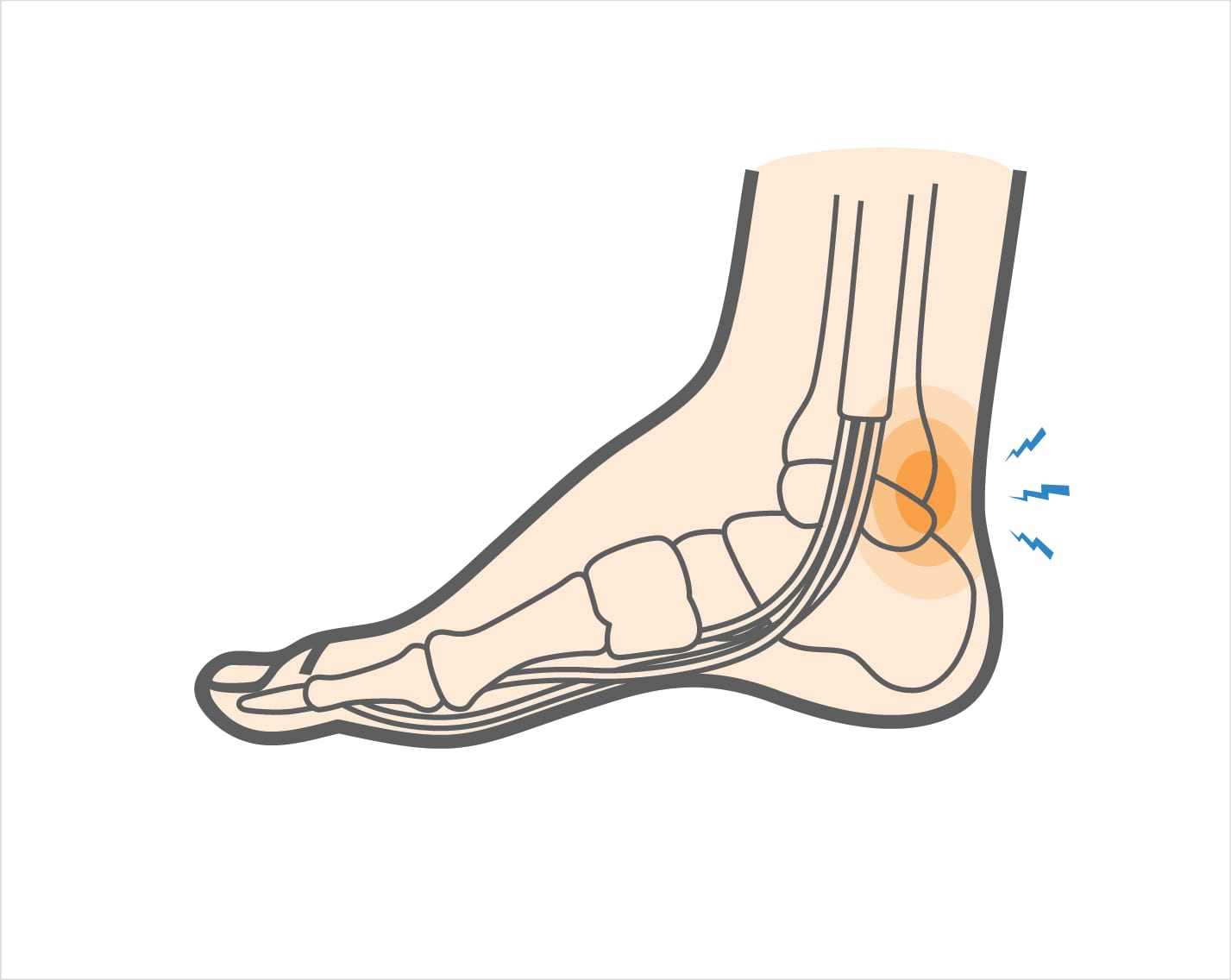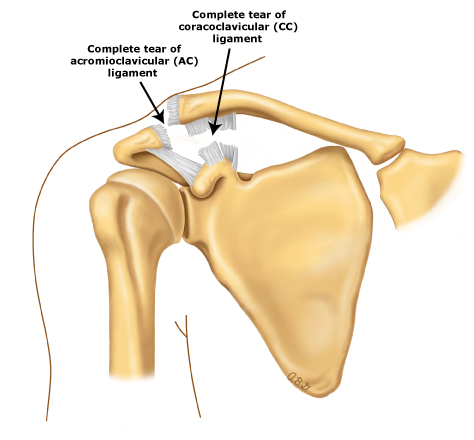Metatarsalgia
 Metatarsalgia is the name given to pain in the front part of your foot under the heads of your metatarsal bones ( ball of foot, just before toes). It is usually worse when standing or walking etc. and occurs most frequently in the second, third/or fourth metatarsal joints or isolated in the first metatarsal joint. Metatarsalgia usually comes on gradually over some weeks rather than suddenly. The affected area of your foot may also feel tender on palpation by your physiotherapist.
Metatarsalgia is the name given to pain in the front part of your foot under the heads of your metatarsal bones ( ball of foot, just before toes). It is usually worse when standing or walking etc. and occurs most frequently in the second, third/or fourth metatarsal joints or isolated in the first metatarsal joint. Metatarsalgia usually comes on gradually over some weeks rather than suddenly. The affected area of your foot may also feel tender on palpation by your physiotherapist.
Causes
Common causes identified by physiotherapists include:
- Pes cavus or high arched foot.
- Excessive pronation of the foot(foot rools inwards ie. with flat foot).
- Clawing or hammer toes.
- Tight extensor tendons of the toes.
- Prominent metatarsal heads.
- Morton’s foot – here there is a shortened first metatarsal, which results in an abnormal gait putting increased pressure on the second metarsal.
- Over doing it in athletes such as runners and tennis players etc. can lead to inflammation in the joints due to the pounding they receive.
- Being overweight puts extra stress on many areas of the foot including metatarsals.
- Wearing high heels – forward force on feet increases the pressure on metatarsal area.
- Having tightened calf muscles or poor ankle flexibility – this affects the normal gait pattern.
- Poorly fitting or tight footwear can squeeze the metatarsal joints causing friction , inflammation and poor gait.
Treatment
Simple measures can help to relieve the symptoms of metatarsalgia. These include:
- Resting with your feet elevated where possible.
- Losing weight if you are overweight.
- Wearing supportive shoes that are well fitted, low-heeled and have a wide toe area.
- Metatarsal pads and orthotic inserts for your shoes may help to relieve pain in your forefoot by reducing the pressure placed on the heads of your metatarsal bones.
- Physiotherapy may also be helpful. This may include stretching out the spaces between the metatarsal and mobilising the joints of the foot or performing deep tissue massage to loosen your calf muscles or any other lower limb muscles that may be contributing to poor gait. Sometimes if a metatarsal head has dropped it can be manipulated back into place. Pain relief as a result of this mobilisation, when effective can be immense and long lasting.
- Simple painkillers such as paracetamol and non-steroidal anti-inflammatories(NSAIDs) such as ibuprofen may help to relieve pain.



